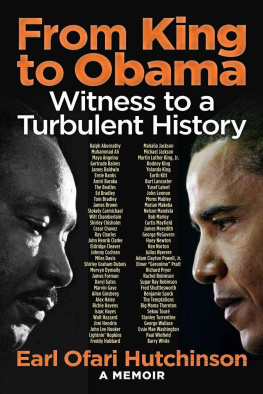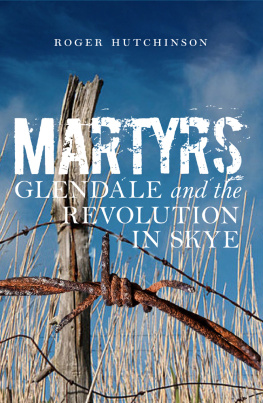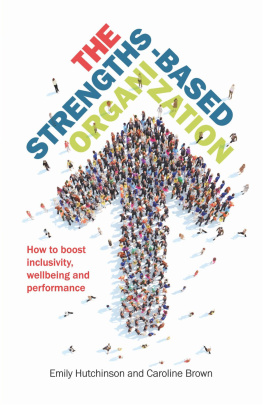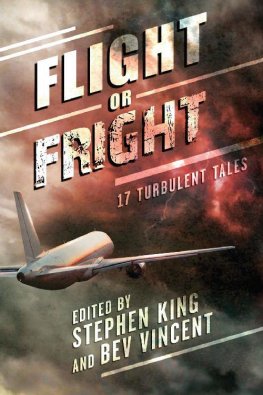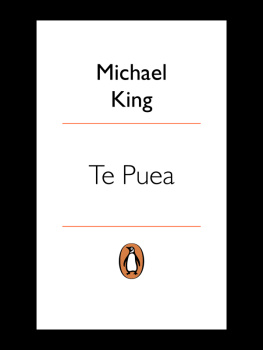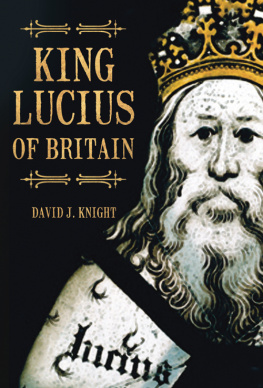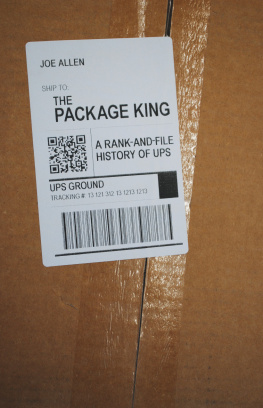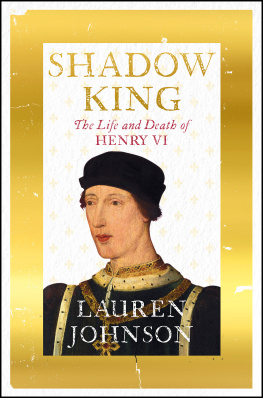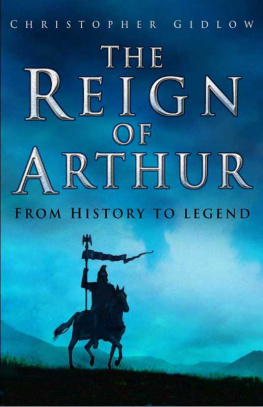Martin Luther King photo: Walter P. Reuther Library, Archives of Labor and Urban Affairs, Wayne State University.
Barack Obama photo: Associated Press.
Library of Congress Cataloging-in-Publication data for this title is available from the Library of Congress
Hutchinson, Earl Ofari.
Earl Ofari Hutchinson.
Includes index.
1. Hutchinson, Earl Ofari. 2. Journalists--United
States--Biography. 3. Political activists--United
States--Biography. 4. African Americans--History--1964-
5. United States--Politics and government--20th century.
6. United States--Politics and government--21st century.
I. Title.
Acknowledgments
My son-in-law, Stephen Kelly, first floated the idea of a memoir. He prodded me over the months to put pen to paper and tell about my experiences over the decades as a writer, broadcaster and activist.
Then I saw the biopic Get on Up , on James Brown. I constantly read about other bio-pics in the works on Marvin Gaye, Miles Davis, Nina Simone, and Jimi Hendrix not to mention the many documentaries on the Panthers, the civil rights movements, and the Vietnam War. This spurred me to finally sit down and list the names of the many personalities who I had either interviewed, had conversations with, or covered events or performances of theirs.
Yvonne Divans Hutchinson, and my daughter Sikivu Hutchinson offered critical insights into key sections of the book. My son Fanon Hutchinson produced the companion video of the book.
The Southern California Library for Social Studies and Research are the custodian of my personal papers, The Earl Ofari Hutchinson Collection. The library under the able tutelage of Yusef Omawale and Michele Welsing, was of invaluable assistance in the research and helpful direction of this work.
A special thanks also to Reverend Al Sharpton, Congresswoman Maxine Waters, L.A. City Councilman Bernard Parks, L.A. City Councilman Herb Wesson, L.A. Mayor Eric Garcetti, Bishop Charles Blake, Pastor Kelvin Sauls, Jonathan Weedman, Wells Fargo Foundation, Alva Mason, Toyota Foundation, and Weingart Foundation Official, Steve Soboroff. They have also been great sources of support.
A special thanks must go to the staff of KPFK and Pacifica Radio, Gerardo Borrego, KTYM Radio, Pluria Marshall and Don Wanlass at the L.A. Wave Newspaper , the New America Media and its founder and my long-time friend Sandy Close, Beverly Smith founder host of the Bev Smith Show, Arianna Huffington, The Huffington Post , Dan Wood at the Christian Science Monitor , Ron Childs formerly of the Chicago Defender , Tamron Hall and the producers at MSNBC, Fatyn Muhammad, WLIB, Mark Thompson, Sirius XM,
From King to Obama: Witness to a Turbulent History would not be possible without the superb design, technical production and promotion of Nikki Leigh and Alan Ball.
Finally, it would not be possible without the strength and encouragement Barbara Bramwell, my wife, has given me in all of my writing projects and much more through the years. She was the driving force behind the publishing company, Middle Passage Press , we founded. She has been my loving helpmate, travel companion, and comfort. This has made a huge difference in my work. I love her deeply for this and much more. She, and the others, has been there for me through my journey. I thank them all.
Books by Earl Ofari Hutchinson
How Obama Won
How Obama Governed
The Ethnic Presidency: How Race decides the Race to the White House
The Latino Challenge to Black America
The Crisis in Black and Black
The Assassination of the Black Male Image
Beyond O.J.: Race, Sex and Class Lessons for America
Blacks and R: Race and Class in Conflict 1919-1990
Betrayed: A History of Presidential Failure to Protect Black Lives

Prescript - Coming of Age in America
It was May 31, 1964. I was 18 and my father said that hed like for me to go with him to an event at the Los Angeles Memorial Coliseum. He said it would be an event that I would long remember. He was right. It was one of those pitch perfect spring days in Los Angeles with a slight morning overcast haze that at that time of the year always burned off by mid-day.
When we pulled into the Coliseum parking lot, I was immediately struck by the size and bustle of the throng that streamed through the gates. It looked like a little United Nations. There were whites, blacks, Asians, and Hispanics. Many of those who rushed by me wore clerical collars, and priestly garments. This was fitting since I noted that there were a large number of priests and nuns among the crowd. They were readily recognizable and familiar to me in their garb. For nine years I had attended two Catholic elementary schools and then Mt. Carmel High school in my freshman year. The schools were on Chicagos South Side.
I realized that this was an event that was special and that it had to do with civil rights. The scenes of blacks marching, picketing, and being assaulted by club welding Southern cops, and Confederate flag-waving white toughs, had become commonplace viewing on the nightly news in 1964. The scenes were jarringly etched into my consciousness. The names of the civil rights battlegrounds had become almost household names; Jackson, Mississippi, Birmingham, Alabama, St. Augustine, Florida, Albany, Georgia, and Greensboro, North Carolina. A year earlier, Mississippi NAACP field director Medgar Evers was gunned down in Jackson and the shooter was a white Citizens Council member, Byron de la Beckwith. After two trials, an all-white jury refused to convict him. This was standard fare then when civil rights workers were maimed or killed. Southern white juries, with rare exceptions, never convicted them.
Though I was a high school student in Los Angeles then, the one name that had become the watchword for the civil rights struggle was Dr. Martin Luther King, Jr. His name was constantly mentioned with reverence by my parents. The event my father was determined that I attend with him was billed as a Religious Witness for Human Dignity. I knew from the many religious types who were in the crowd this was a multi-faith event. Shortly after being seated, all eyes turned to the main Coliseum tunnel entrance. I had played high school football and had attended several L.A. Rams games. In those days the Rams played their home games at the Coliseum. The Rams players had burst through this tunnel onto the playing field. It wasnt the Rams that emerged from the tunnel that day, though. Instead, there was a slow procession of priests, rabbis, and protestant ministers that marched solemnly out of the tunnel onto the Coliseum running track. The crowd immediately roared when they marched into view.
All eyes were immediately locked on the small, short, nattily-dressed man at the head of the procession. Despite the processionals somber mood, the man whom everyone intently watched, smiled broadly and waved to the cheering crowd. We were seated in the front section near the railing. Like many others in the crowd, I stared at Dr. King with a mix of awe and wonderment. This smallish man was the unrivaled symbol of a movement which had grown to global importance and dominated the talk at dinner tables in millions of homes. It also stirred much talk, debate and rancor in many statehouses especially in the South, the halls of Congress and the White House. The debate over civil rights had at once both divided and united blacks and whites as no other cause had done in decades.

